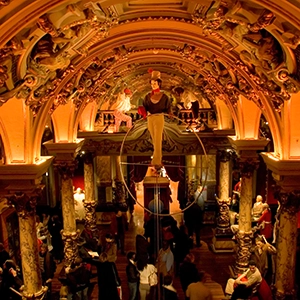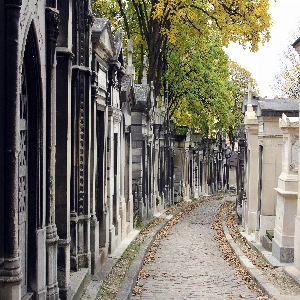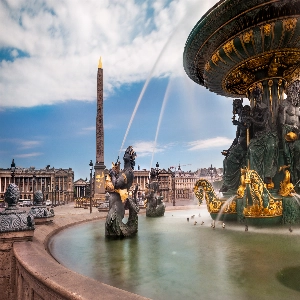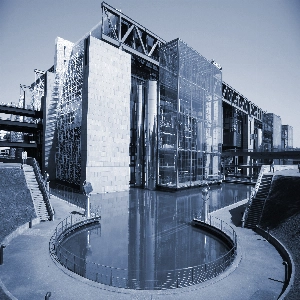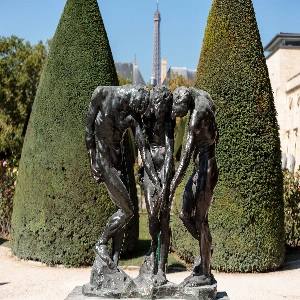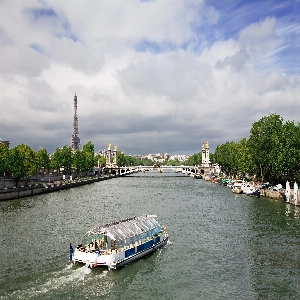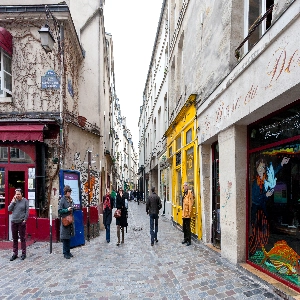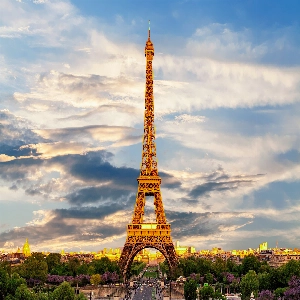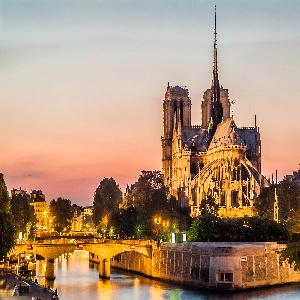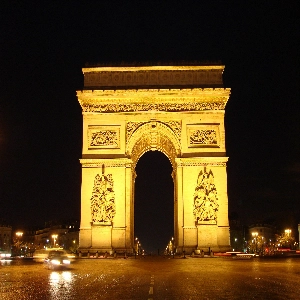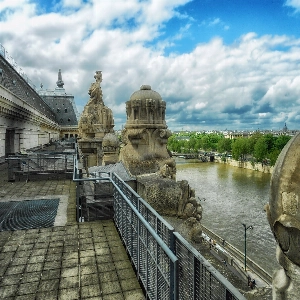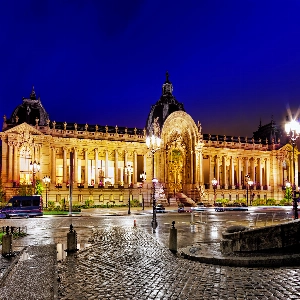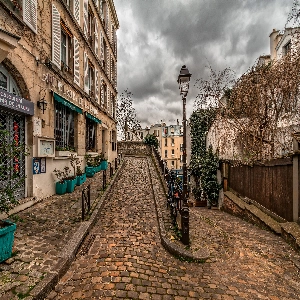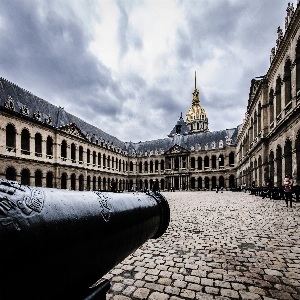Explore The Charm Of Canal Saint-Martin

Located in the heart of the bustling city of Paris, the Canal Saint-Martin boasts beautiful sights, vibrant streets, and a tranquil atmosphere. The waterway, which spans over 4.5 kilometers, connects the Canal de l'Ourcq to the River Seine. Inaugurated in 1825 under the rule of Napoleon I, the canal was designed to provide Parisians with a source of fresh water for drinking, watering plants, and cleaning streets. Today, the Canal Saint-Martin is a favorite rendezvous spot for Parisians, attracting locals, tourists, and artists alike.
The Historical Significance of Canal Saint-Martin
The construction of Canal Saint-Martin was initiated by Napoleon I to counteract the rapidly growing population of Paris and the consequential demand for fresh water. Designed by engineer Édouard de Villiers du Terrage, the construction began in 1802 and was completed in 1825. The canal initially stretched from Villette in the north-eastern part of the city to the Bastille in the south; however, its southern half was covered during the Haussmannian renovation in the 19th century to make way for the Boulevard Richard Lenoir and the Boulevard Jules Ferry. Today, its underground portion is home to a roadway tunnel, the Voie Georges-Pompidou.
Throughout its history, the Canal Saint-Martin played a key role in providing fresh water and serving as a bustling hub for commerce and industry. Its banks were lined with factories, mills, and warehouses. However, as the city modernized in the 20th century, the canal's importance dwindled, and the industrial sites along its banks were replaced by residential and commercial buildings, giving the area the picturesque and lively character it enjoys today.
The Distinctive Features Of Canal Saint-Martin
Part of the Canal Saint-Martin's charm lies in its unique structures, such as the nine locks, the rotating bridges, and the cast-iron footbridges, all of which impart a sense of nostalgia and history. The double lock at the Rue de Crimee represents the canal's highest point, allowing boats to pass from one level to another. The canal's tree-lined banks provide shade and stunning views of 19th-century Parisian architecture while its wide, paved promenades invite visitors to take leisurely strolls, picnic on the grass, or read under the trees.
Notable landmarks situated along the waterway include the Hôtel du Nord, a famous hotel-turned-restaurant, which was also the setting for Marcel Carné's iconic 1938 film of the same name, and the Place de la République, a historically significant square that has been a popular gathering place for public demonstrations and various events since the 19th century.
Canal Saint-Martin: A Haven For Food And Art Lovers
Over the years, the Canal Saint-Martin has transformed into a cultural hub, attracting a diverse and creative crowd, including artists, musicians, writers, and food enthusiasts. The bars, cafes, and restaurants lining the water offer a variety of options for dining and drinking, with many boasting outdoor terraces that overlook the scenic views of the canal. From chic wine bars such as La Vache dans les Vignes and Le Verre Volé to trendy cafes like Ten Belles, food-lovers will find plenty to enjoy along the canal's banks.
In addition to gastronomy, the neighborhood surrounding Canal Saint-Martin is rich in artistic and cultural institutions. Independent art galleries, such as the renowned galerie Sémiose and the younger Galerie Point Éphémère, showcase contemporary works by both established and up-and-coming artists. Theaters like La Colline and the 104 Centquatre provide a stage for innovative performances, and the cult favorite bookstore, Artazart, offers a carefully curated selection of art, design, and photography books.
Recreational Activities Along The Canal Saint-Martin
The canal's picturesque banks offer numerous opportunities to partake in recreational activities, making it a popular spot for both locals and tourists. In addition to leisurely walks, picnics, and simply relaxing by the water's edge, visitors can also participate in more active pursuits. Bike rentals are available through the city's Vélib' program, allowing cyclists to explore the neighborhood's charming streets and parks. Boating along the canal is another popular pastime, with several companies offering guided tours that navigate through the various locks and under the swinging bridges.
During the summer months, the Quai de Valmy comes alive with pop-up bars, outdoor movie screenings, and various cultural events, turning the canal into a vibrant and lively social hub. For those who enjoy shopping, the area also houses numerous independent boutiques and vintage stores, offering a unique array of clothing and home goods that cater to the neighborhood's eclectic and artistic atmosphere.
The Future Of Canal Saint-Martin
The City of Paris regularly invests in the maintenance and the preservation of Canal Saint-Martin to ensure its continued existence as a cherished landmark for both locals and visitors. The canal's recent renovation and de-sedimentation projects reflect efforts to improve the water quality and protect the diverse flora and fauna that inhabit the area. These projects will also help to maintain the intrinsic charm and historical significance of this enchanting waterway, ensuring that Canal Saint-Martin remains a beloved Parisian destination for generations to come.

